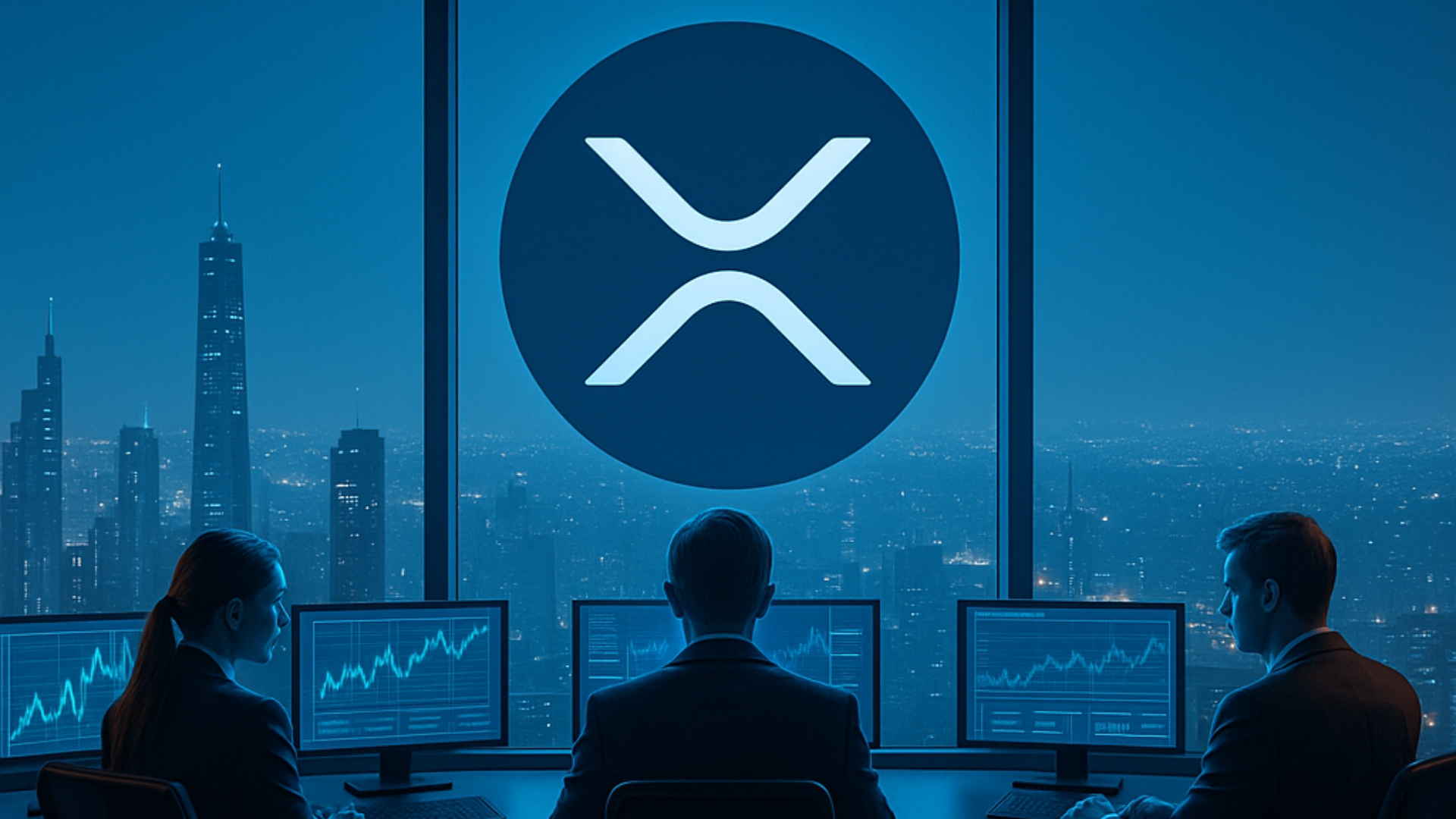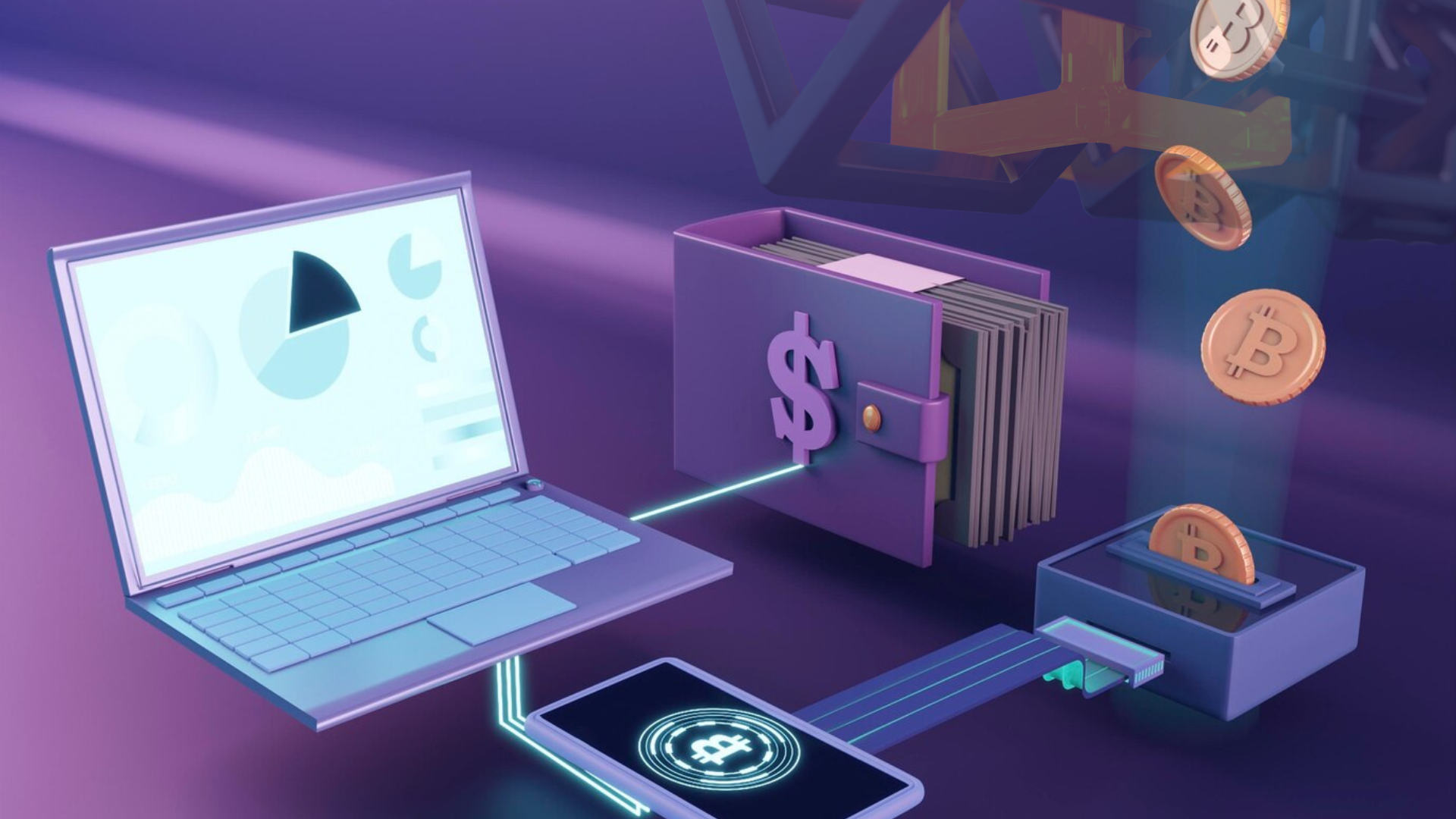
Blockchain technology is no longer a futuristic concept—it’s now at the core of a digital revolution that’s rapidly transforming the global financial landscape. With the ability to enhance efficiency, transparency, and security, blockchain is poised to redefine everything from payments and compliance to asset management and regulatory oversight.
A New Financial Framework
At its core, blockchain functions as a decentralized digital ledger, recording transactions across multiple nodes to ensure that no single entity holds control. This distributed structure brings unparalleled integrity and resistance to fraud, making it ideal for financial environments where accuracy and trust are paramount.
Traditional financial institutions have long relied on outdated infrastructure, often riddled with manual processes and inefficiencies. Blockchain offers an elegant solution: real-time processing, cost reduction, and automation through mechanisms like smart contracts—self-executing code that enforces agreement terms without intermediaries.
Tokenization and Asset Democratization
One of blockchain’s most disruptive applications lies in asset management. The tokenization and fractional ownership of traditionally illiquid or exclusive assets are creating new revenue streams and opening the doors to a broader range of investors.
According to Colin Butler, head of institutional capital at Polygon, blockchain has the potential to unlock a $400 billion revenue opportunity for asset managers. By digitizing assets like real estate, art, or private equity, and allowing them to be fractionally owned, blockchain enables lower entry barriers, enhanced liquidity, and greater accessibility.
This democratization of finance is not only reshaping investment portfolios but also expanding financial inclusion, offering new opportunities to smaller investors who previously lacked access to premium markets.
Security, Compliance, and Cross-Border Efficiency
Another standout benefit of blockchain is its immutability—once data is recorded, it cannot be altered without the consensus of the network. This feature provides built-in security and simplifies compliance with stringent regulatory frameworks.
In the realm of cross-border payments, blockchain is streamlining previously complex and slow processes. For instance, UBS has piloted a blockchain-powered solution that leverages smart contracts for automatic settlement of international transactions—cutting down on cost, processing time, and human error.
Such initiatives underscore how blockchain is not only improving existing systems but also setting new benchmarks for financial operations across borders.
Challenges and the Road Ahead
Despite its promise, blockchain still faces several implementation challenges. These include:
- Integration with legacy systems
- Scalability of networks
- Energy efficiency concerns
- Interoperability between different blockchain platforms
However, ongoing technological innovation and increasing collaboration between public and private sectors are addressing these issues. Emerging solutions such as layer-2 scaling and interoperability protocols are paving the way for broader adoption.
Looking Forward: The Next Financial Era
As blockchain matures, its convergence with other technologies like artificial intelligence (AI) and the Internet of Things (IoT) promises to create a next-generation financial ecosystem. This future will likely feature real-time financial monitoring, predictive compliance, and hyper-efficient markets operating with enhanced transparency.
The financial sector is on the brink of a structural transformation, and blockchain is leading the charge—reshaping how we move money, manage assets, and build trust in the digital age.
From ledgers to tokens, the evolution is already underway. The only question that remains is how quickly the rest of the world will catch up.























































































































































































































































































































































































































































































































































































































































































































































































































































































































































































































































































































































